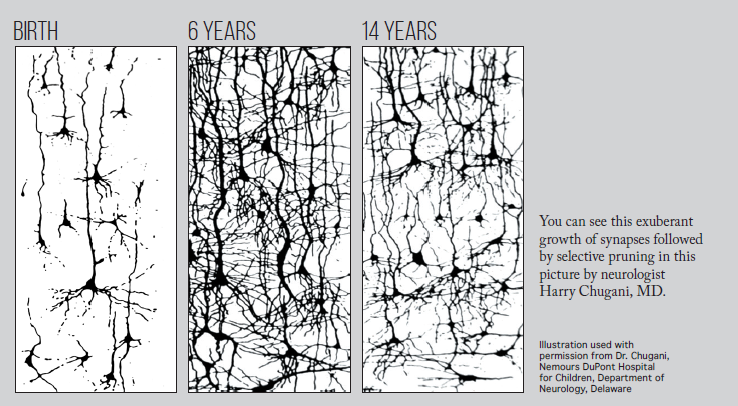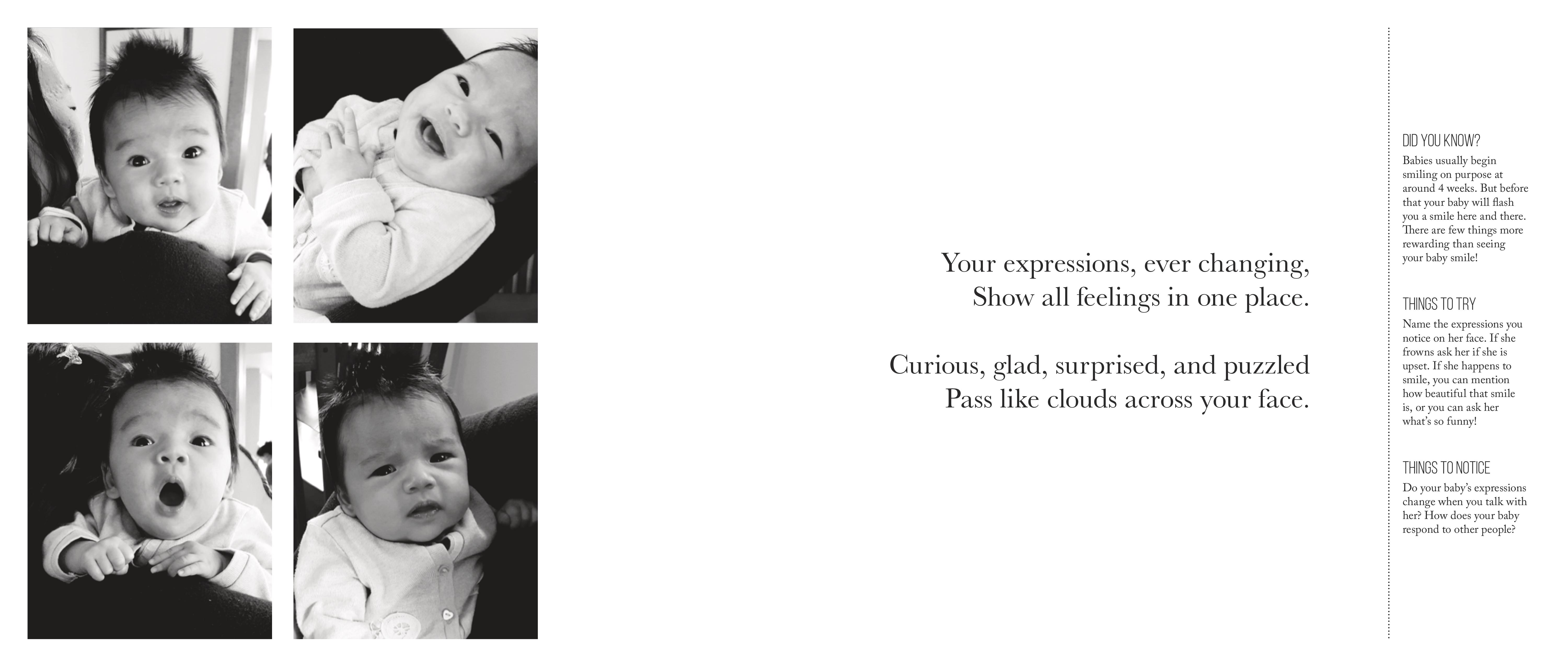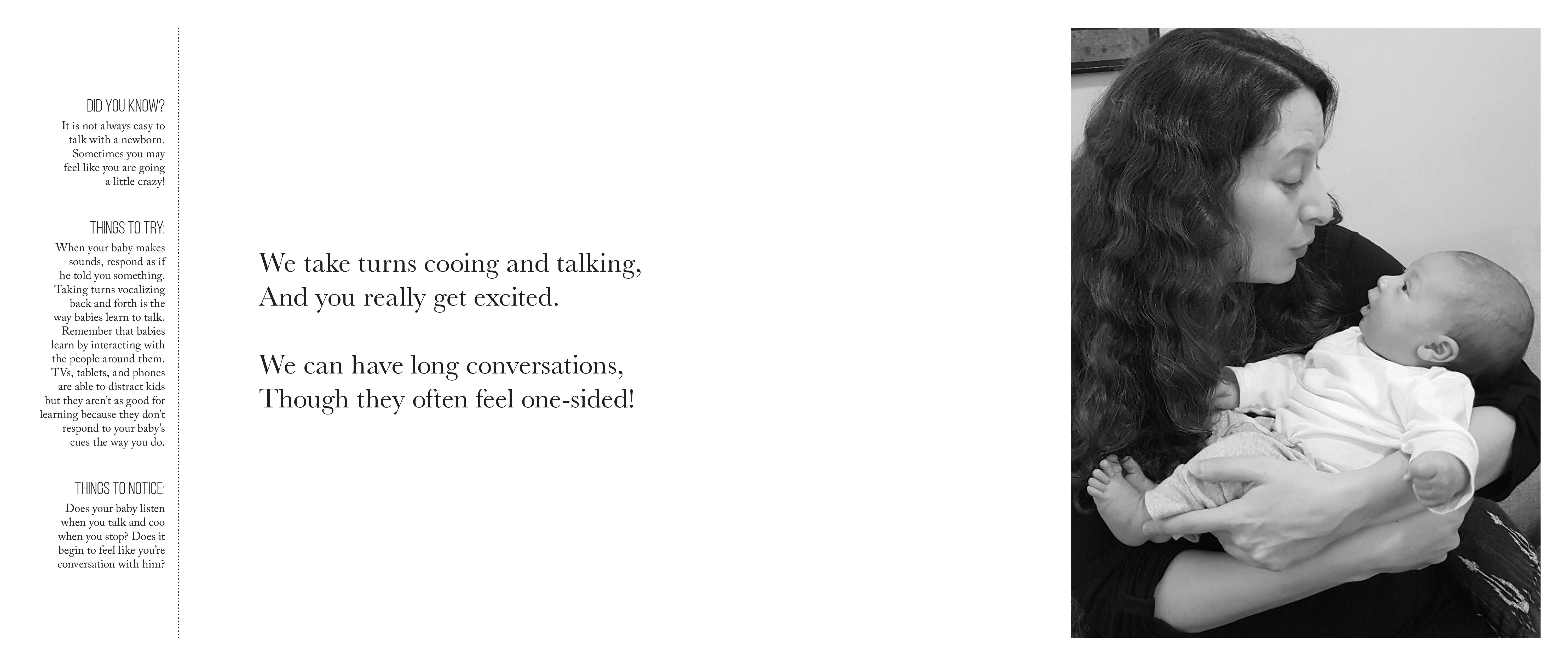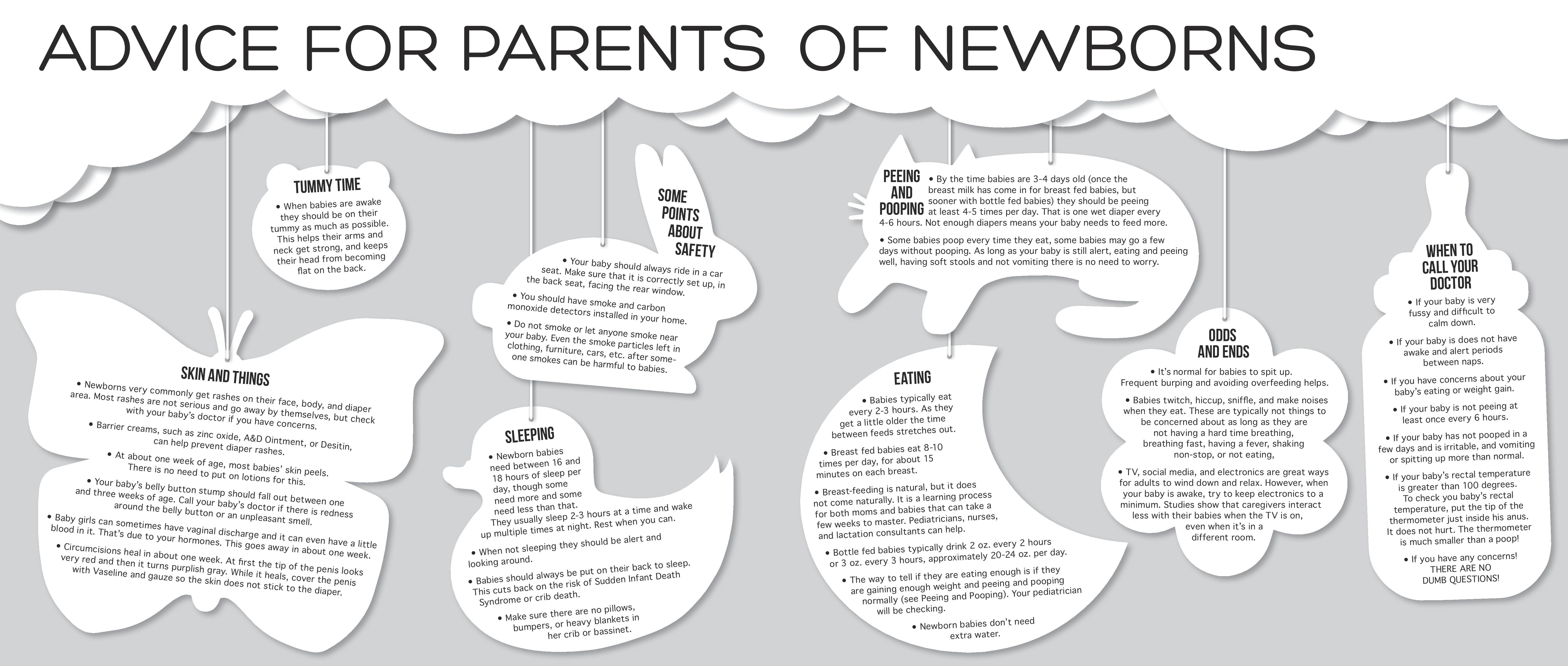-
I Love You Like Sunshine
How everyday play and bedtime stories build love, connection, and brainpower
Mariana Glusman, MD, and Marta Killner, MD
-
I Love You Like Sunshine
How everyday play and bedtime stories build love, connection, and brainpower
Mariana Glusman, MD, and Marta Killner, MD
-
I Love You Like Sunshine
How everyday play and bedtime stories build love, connection, and brainpower
Mariana Glusman, MD, and Marta Killner, MD
A book for babies and parents
Find out ‘things to know,’ ‘things to do’ and ‘things to notice’ while reading aloud with your baby
Pediatrician and literacy advocate Dr. Mariana Glusman has created a unique fusion of baby book and parenting guide that every caregiver will find indispensable. It combines gorgeous black-and-white portraits of parents and newborns with a read-aloud poem, accompanied by hints on how to increase communication with infants and educational material on early brain development.
The book is informed by deep knowledge about infants, great empathy for parents, and an understanding that the interaction between babies and those who love them is the key ingredient for optimal brain development in children.
Dr. Glusman recruited her mother, Dr. Marta Killiner, a photographer and retired pediatrician, to take the portraits, which perfectly illustrate the beauty and intensity of relationships between caregivers and babies.
About Us
Dr. Glusman and Dr. Killner have almost 60 years of combined experience as pediatricians, and more that that as moms.
Responsive Parenting
Studies show that when parents use warm and accepting behaviors to respond to their children’s needs and signals, they help their children better develop their problem solving, language, and social-emotional skills. Click on the icon for some responsive parenting tips for parents of newborns.
-
“This beautiful book conveys the author's deep love of children and their parents, and her reassuring belief that things will turn out OK -- all made credible by her long experience and deep expertise. A great addition to any new parent's library.”
Robert Needlman, MD, Professor of Pediatrics, Case Western Reserve University, coauthor Dr. Spock's Baby and Child Care, cofounder Reach Out and Read
-
“A special treat for parents! The sensitive and intimate photographs reflect the richness and love of the words and advice in this book, making them all the more meaningful and valued.”
Barry Zuckerman, MD, Professor of Pediatrics, Boston University Medical school Author, Pediatric Education for the 21st Century
-
“This lovely book celebrates the joy of early back and forth between parents and babies and, at the same time, helps parents understand the remarkable importance of their loving interactions with their infants—and the ways those interactions help their babies learn and grow.”
Perri Klass, MD, Professor of Journalism and Pediatrics, New York University Coauthor, Every Mother is a Daughter: the Neverending Quest for Success, Inner Peace, and a Really Clean Kitchen
What is the brain science behind this book?
Babies are born with about 100 billion nerve cells, called neurons. Unlike in other parts of the body, these cells don’t grow by multiplying. Instead, our brain grows by making connections, or synapses, between the neurons. These connections form pathways and networks which transmit information to different parts of the brain and the body.
In the first few years of life, our brain goes into overdrive, making about 700 new connections per second, but after that the synapses begin to disappear. So, when you were a toddler you had about twice the number of synapses than you do now!

This illustration by Dr. Harry Chugani shows how fast brain connections grow early on, and how, by 14 years, only those connections that are regularly used remain.
Use It or Lose It!
What determines which synapses stay and which are pruned? As in many other things in life, the connections that are reinforced are the ones that last. In other words, if you don’t use them you lose them. That is why babies that hear more words as infants have an easier time learning language.
But it’s not just the exposure that matters. Babies don’t just absorb information like sponges! They actively draw attention from their caregivers, and thrive when their caregivers respond. This back and forth, also called “serve and return” interaction, has been shown to be the key way to help build and reinforce the brain pathways for language and learning in infants.
That is why even educational shows and electronic games on their own are not good tools to encourage language or cognitive development. They can’t respond to babies’ cues the way people can.
Bottom Line: You don’t need expensive gadgets or apps or programs to help a baby’s brain grow. All you have to do is talk, sing, read, cuddle and play

-
Get Your Copy Today! The Perfect Gift for Parents-to-Be!
-
Get Your Copy Today! The Perfect Gift for Parents-to-Be!


